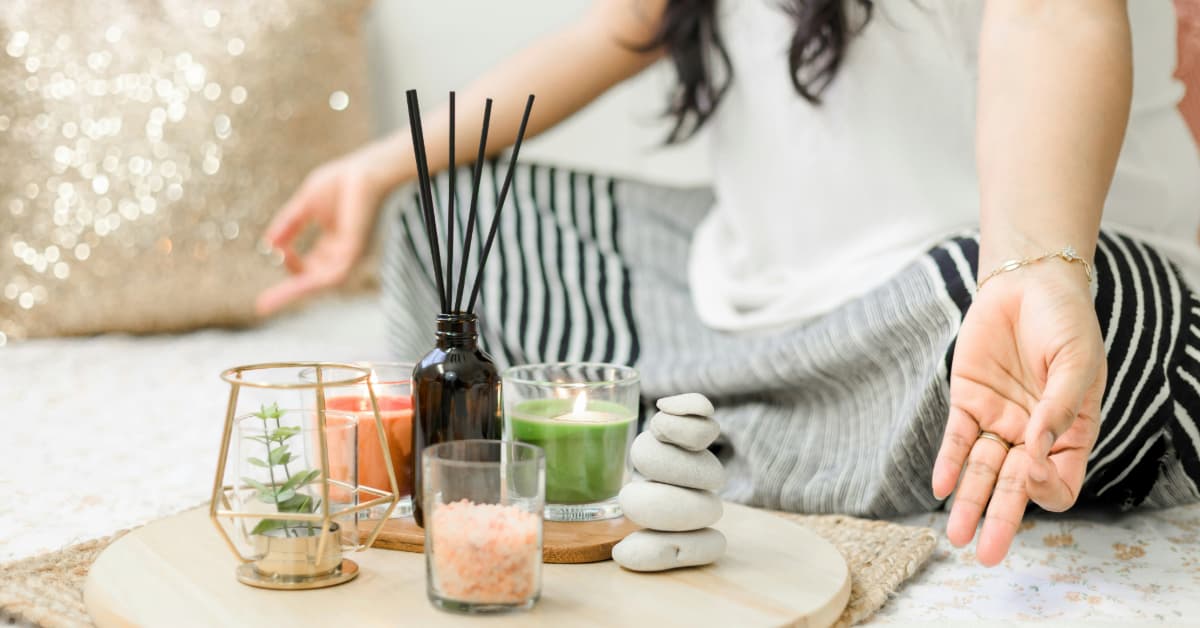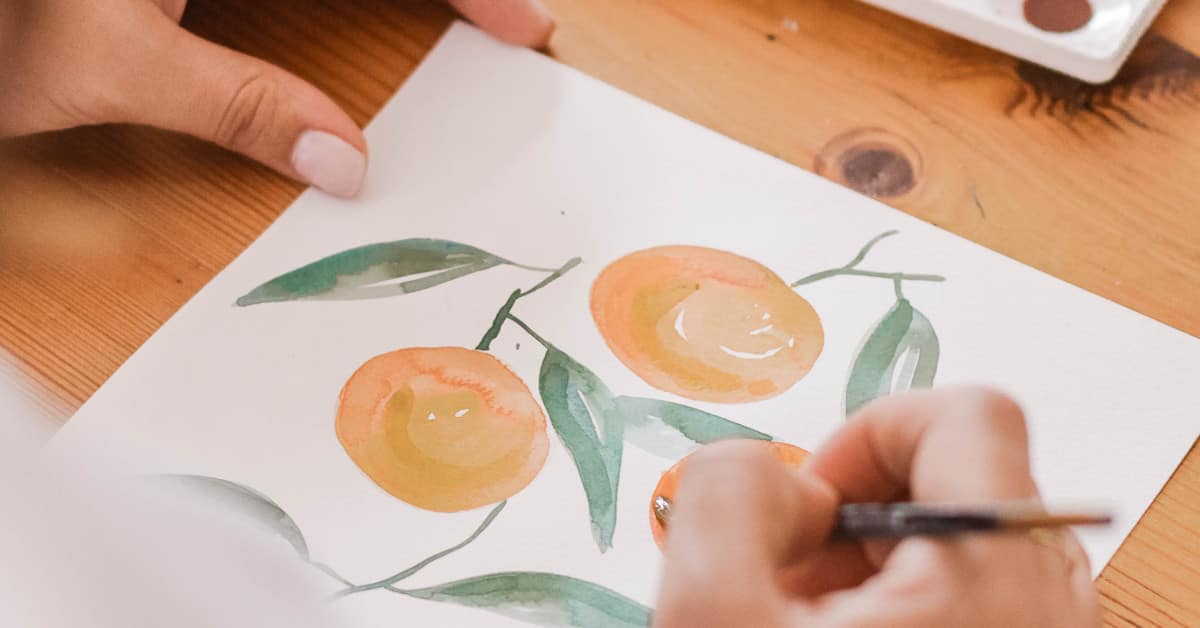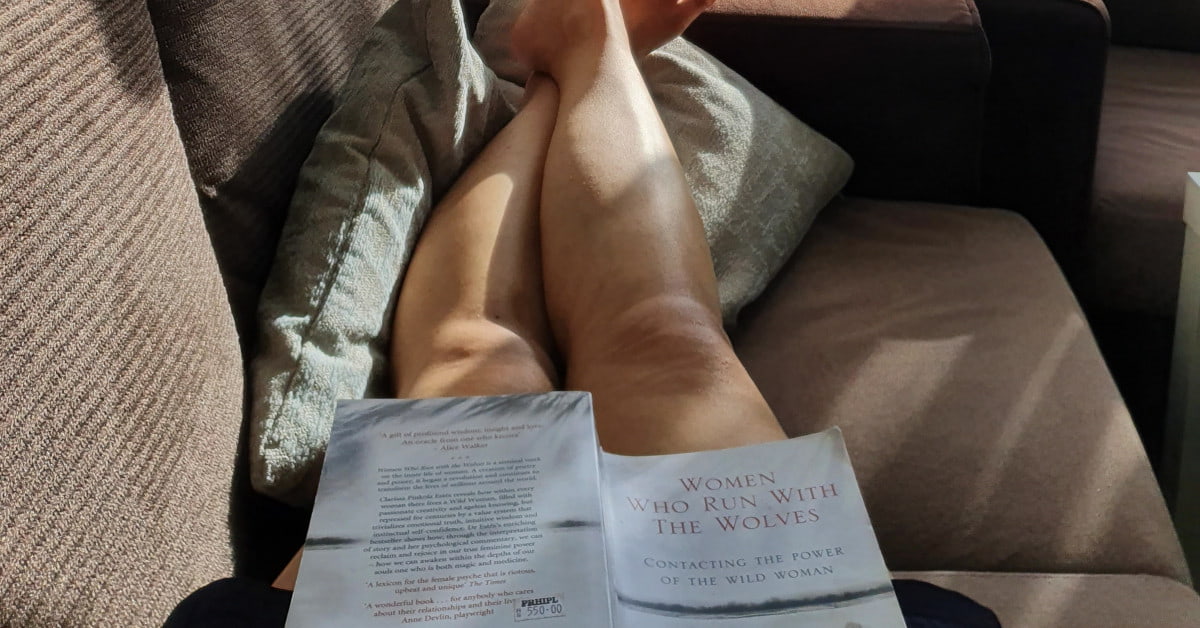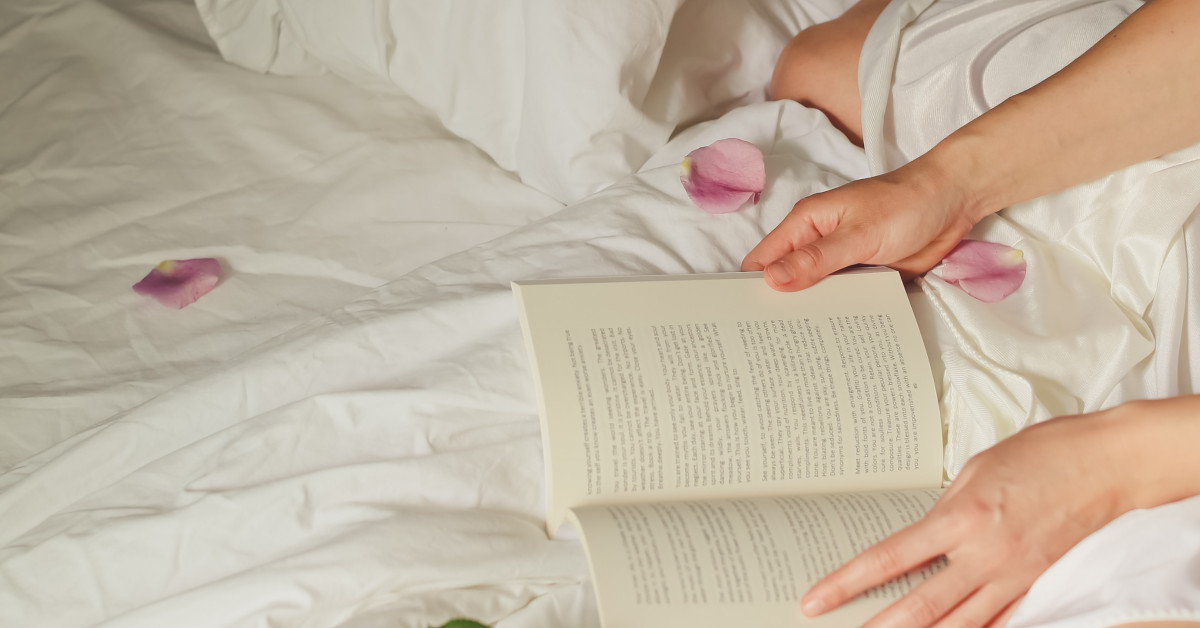We live in a world that glorifies being busy. Productivity is praised, schedules are packed, and slowing down often feels impossible.
But what if doing less actually made life better?
That’s where slow living comes in.
Slow living isn’t about abandoning responsibilities or making drastic changes. It’s about being intentional – choosing to focus on what truly matters, making space for things that bring you joy, and learning to slow down even in the middle of a busy life.
If you’re feeling overwhelmed, burnt out, or just craving more peace and presence, this guide will walk you through practical, realistic ways to embrace slow living – without needing to change everything overnight.
Let’s dive in.
- What is Slow Living?
- The Benefits of Slow Living
- How to Start Slow Living (Step-by-Step Guide)
- Overcoming Challenges With Slow Living
What is Slow Living?

At its core, slow living is about living with intention. Instead of rushing through life on autopilot, slow living encourages you to pause, reflect, and prioritise what truly matters to you.
It doesn’t mean you have to move to the countryside, grow your own food, or quit your job (unless you want to of course!)
It’s simply about finding a better balance between what needs to be done and what brings you joy.
Slow living can look different for everyone. For some, it’s about simplifying routines and making space for stillness. For others, it’s about being present in everyday moments – whether that’s enjoying a slow morning, spending time outdoors, or cooking a meal from scratch.
The Benefits of Slow Living

There’s so many benefits from slow living but here’s just a few of them:
- Less stress and overwhelm
- More presence and mindfulness in daily life
- Better work-life balance
- Deeper connections with yourself and others
- More appreciation for simple joys
How to Start Slow Living (Step-by-Step Guide)

You don’t need to change your entire lifestyle overnight. That’s not realistic or sustainable!
Start small and build from there.
1. Identify Your Priorities
What truly matters to you? What makes you feel happy, fulfilled, or at peace?
Write down a few things that bring you joy – whether that’s spending time with loved ones, being creative, cooking, or just having quiet moments for yourself. These are the things you’ll want to make more space for.
2. Find Your Sources of Joy
Now think about your daily routine. How much time do you actually spend on things that bring you joy vs things that drain your energy?
Ask yourself:
- What parts of my day make me feel calm, happy, or fulfilled?
- What do I wish I had more time for?
- What do I spend time on that doesn’t actually add value to my life?
This reflection can help you realign your daily life with what truly matters to you.
3. Reduce Stressors Where Possible
Not everything in life can be changed – some things (like work, parenting, or daily errands and responsibilities) are non-negotiable. But there may be small ways to make your day-to-day life less overwhelming.
Take note of what makes you feel stressed, anxious, or drained. Then, ask yourself:
- Can I do this less often? (e.g. say no to extra commitments)
- Can I make it easier? (e.g. meal prep to simplify dinner time)
- Can I change how I approach it? (e.g. setting boundaries around work emails)
Even small changes can make a big difference over time.
4. Create Daily Rituals for Slowing Down
Slow living isn’t about doing nothing – it’s about being intentional with your time.
Here are some simply ways to bring more slowness into your everyday life:
- Practice gratitude – Start or end your day by writing down a few things you’re grateful for.
- Prioritise self-care – Make time for things that nourish your mind and body, whether that’s journaling, yoga, or simply resting.
- Spend time outdoors – A short walk, sitting in the sun, or even opening your windows can help create a sense of calm.
- Declutter your space – A cluttered environment can feel overwhelming. Start small – one drawer, one shelf at a time.
- Say no more often – Protect your time and energy by setting boundaries with commitments that don’t align with your priorities.
- Slow down meals – Cook more at home, eat without distractions, and truly savor your food.
- Try tech-free time – Whether it’s an hour before bed or a full digital detox day, less screen time can help create more space for real-life moments.
You don’t need to do everything at one – just start with one small shift and build from there.
Doing everything all in one go can be overwhelming and you’re then less likely to stick with it. Better to do it gradually and it be real changes that stick for a lifetime.
Overcoming Challenges With Slow Living

“I don’t have time to slow down.”
Learning how to incorporate slow living even in a busy life can feel pretty daunting.
But slow living isn’t about having more time – it’s about using your time differently.
It’s easy to think that slow living means having endless free time to sip tea and read books, but in reality, it’s about being more intentional with the time you do have. You don’t need to clear your entire schedule – just start with small moments of slowness.
Try this: Pick one thing you already do (like drinking your morning coffee or walking to the car) and do it without distractions. No phone, no multitasking, just be present. Even one minute of slowness can shift your mindset.
“My job/kids/life are too demanding.”
Not everyone can cut back their work hours or take long, peaceful mornings – that’s just reality; we’ve all got responsibilities and some of those can be shifted and that’s ok.
You don’t need huge chunks of free time to embrace slow living.
Slow living isn’t about escaping responsibilities – it’s about finding balance within them.
Try this: Balance a non-negotiable (work, kids, errands) with a small moment of joy – whether that’s stepping outside for five minutes between meetings or enjoying a quiet cup of tea after a long day.
Slow living is about moments, not hours – find the little moments where you can.
“I feel guilty for slowing down.”
This all comes down to why rest and balance are essential and how rest actually helps you be more productive.
If you’re used to being constantly busy, slowing down can feel uncomfortable. But rest isn’t lazy; it’s essential.
You can’t pour from an empty cup, and slow living helps you refill it so you can show up better in all areas of life.
Try this: Instead of thinking, I should be doing more, remind yourself, ‘This moment of rest helps me do everything else better’.
Reframe slowness as recharging, not procrastinating.
Guilt fades when you recognise that rest isn’t just good for you – it benefits the people around you too.
And Last But Not Least…
Slow living isn’t about perfection – it’s about small, intentional choices that help create a more peaceful, fulfilling life.
You don’t need to quit your job or clear your entire schedule to start. Instead focus on one small shift at a time:
- Take an extra five minutes to enjoy your morning coffee.
- Say no to something that doesn’t serve you.
- Put your phone down for an hour and just be.
Over time, these small moments add up.
So, what’s one thing you can do today to slow down – even just a little?





